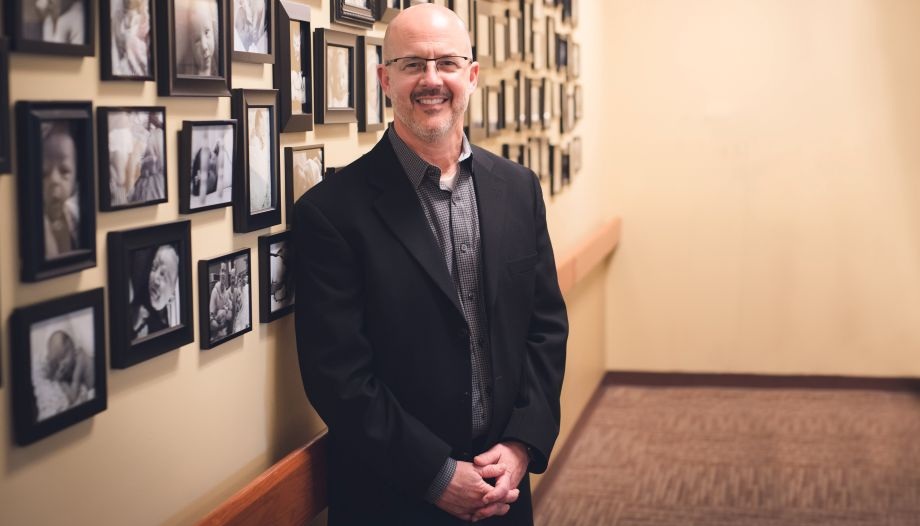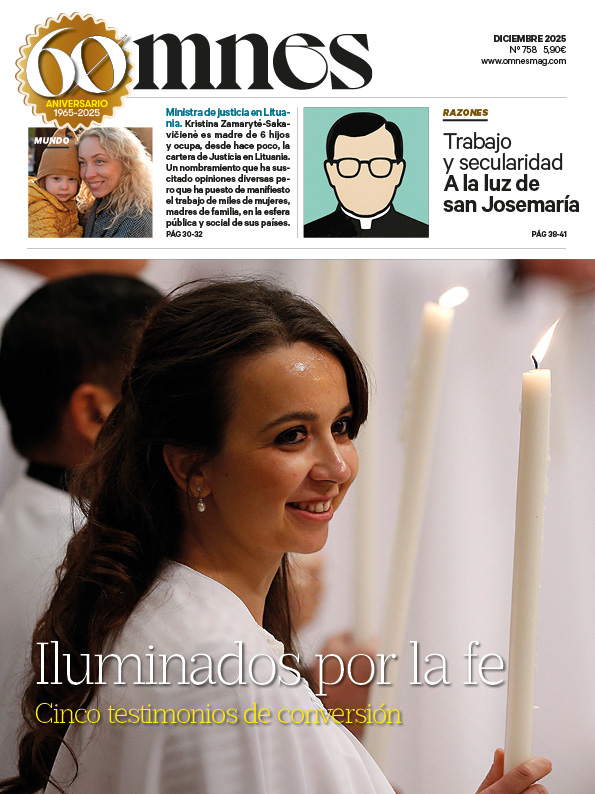-(OSV News / Katie Yoder)
Dr. Naomi Whittaker was in the middle of her obstetrics and gynecology rotation when she realized that she no longer wanted to continue practicing in the field of women's health. woman. She was sick of seeing patients suffer trauma after trauma due to lack of science and compassion, among other things.
However, everything changed when he found himself in the operating room with the surgeons of Naprotechnology.
"This is good medicine, this is what women need: this heals them, this heals their hearts," she remembered thinking.
Today, Whittaker is a Naprotech surgeon. She and other obstetrician-gynecologists who practice Naprotechnology, which stands for Natural Procreation Technology, spoke with OSV News.
They defined it as a treatment model or women's health science that evaluates, diagnoses and treats the underlying causes of infertility and other gynecological and reproductive problems through a natural family planning, or NFP, approach called the Creighton Model.
These doctors wanted couples struggling with infertility to know: NaPro technology offers answers.
"Even if we don't get a baby, at least they feel better about having answers," says Whittaker, who is based in Harrisburg, Pennsylvania.
Natural family planning
His comments came on the eve of National NFP Awareness Week, July 20-26. This week is being celebrated around the anniversary of the encyclical "Humanae VitaePaul VI's 1968 "The Dangers of Artificial Contraception" warning against the dangers of artificial contraception. NFP methods such as the Creighton Model collaborate with this teaching by allowing couples to avoid or achieve pregnancy by monitoring the fertile window of the woman's cycle.
Dr. Christopher Stroud, an obstetrician-gynecologist who practices Naprotechnology and founder of the Fertility & Midwifery Care Center and Holy Family Birth Center in Fort Wayne, Indiana, described Naprotechnology as the treatment side of the Creighton Model, particularly the surgical treatment side.
"When a couple starts using NFP to get pregnant and doesn't get pregnant," he explains, "that's when someone like me comes in with the NaPro technology and says, 'Oh, look, you have polycystic ovarian syndrome, you have untreated thyroid disease, you have endometriosis. And we have to operate on you to (treat the endometriosis) or you have blocked fallopian tubes' or some of these other things that come to light because of NFP."
These physicians claim to treat patients with infertility and other gynecological problems by looking at their Creighton Model charts. The various methods track different biological signs, or biomarkers, to follow the phases of a woman's cycle. The Creighton Model is based on tracking cervical mucus.
"That's the beauty of how we're designed," said Whittaker, who talks about the benefits of Naprotechnology on social media, including on Instagram, where she has more than 30,000 followers. "Our blood flow, our cervical mucus, our cycle length ... even our temperature can tell us about the nature of the body."
An alternative to IVF
Infertility is common, according to the Centers for Disease Control and Prevention. Approximately 1 in 5 married American women between the ages of 15 and 49 who have not had children struggles with infertility or fails to become pregnant after a year of trying.
A growing number of couples struggling with infertility are turning to in vitro fertilization, or IVF, a procedure in which embryos are created in a laboratory and then transferred into a woman's uterus. Doctors who spoke to OSV News said IVF - which the Catholic Church condemns in part because innocent human lives are lost when "leftover" human embryos are discarded or frozen - does not recognize infertility as a symptom of an underlying disease.
"The body is telling us, 'I shouldn't be pregnant, I have these problems,'" says Dr. Teresa Hilgers, an obstetrician-gynecologist and associate medical advisor at St. Paul VI Institute in Omaha, Nebraska.
Naprotechnology, he said, aims to address these problems.
The origins of nanotechnology
Both Catholic and non-Catholic patients turn to Naprotecnology, which was inspired by Catholic doctrine. Hilgers says his father, Dr. Thomas W. Hilgers, founder and director of the St. Paul VI Institute, was one of the creators of the Creighton Method and developed Naprotechnology after reading "Humanae Vitae" as a medical student.
After the Creighton Model was created, couples approached her father with various problems, from abnormal bleeding and miscarriages to infertility.Their charts "followed similar patterns when they presented with abnormalities in their medical care," Hilgers said her father realized. "He understood that the charts were actually telling him something, and he was able to coordinate medical care with the charting system."
As a physician and surgeon specializing in restorative reproductive medicine, Whittaker says that Naprotechnology falls under the umbrella of restorative reproductive medicine.
"He really was the first to see that biomarkers are a sign of health or not and quantified it scientifically and showed that studies can be done very well that way," he said. "Then they developed a surgical component."
Currently, there are Naprotech-trained physicians on every continent except Antarctica, Hilgers says. The three doctors who spoke to OSV News were trained at St. Paul VI Institute and now see patients who travel to them from all over the country and even the other side of the world.
"I think it's the same for all of us in the Naprotech world," Stroud says. "People will wait a long time to see you and will travel to see you...it's humbling."
An unexpected path
The physicians who spoke to OSV News never planned to practice NaProTechnology, they said.
Hilgers wanted to avoid his father's work until he felt God tapping him on the shoulder. Whittaker thought NFP was unscientific and unreliable until he learned about the Creighton Model and attended a St. Paul VI Institute conference when he was a medical student. Stroud, a convert to Catholicism, went from making IVF, contraception and sterilization referrals to practicing NaProTechnology after a priest in the confessional told him to make a change.
At the time, Stroud expected his career to come to an end; instead, he exploded. For every patient he lost, two more appeared. Today, the walls of his practice are covered with photos of his patients' babies.
Comparison and contrast with IVF
These physicians likened Naprotechnology and IVF to apples and oranges. IVF masks a symptom, while Naprotechnology identifies and treats the underlying disease.
Stroud made an analogy: he imagined a cardiologist prescribing a patient Percocet pills to relieve pain because that patient experiences cardiac pain on the treadmill. Instead of treating the cardiac problem, the doctor masks the symptom or pain.
"In gynecology, that happens every day," Stroud says. "The woman says, 'I'm not pregnant,' and they say, 'Let's do IVF, you'll get pregnant.' And the woman says, 'But aren't they interested in why I'm not pregnant?'"
Whittaker made a similar analogy, adding that a physician may order an electrocardiogram from the patient to measure and record the heart's activity. The electrocardiogram for a cardiologist is like a woman's cycle chart for a Naprotech doctor, he said.
For Catholic couples, Hilgers discussed the philosophical difference between NaProTechnology and IVF.
"Naprotechnology is fully in line with Church doctrine in the fact that a married couple's intercourse has a procreative and unitive impact," he said, adding that IVF separates the procreative and unitive aspects.
A source of healing
Whittaker said that Naprotechnology not only restores health, but also assesses and addresses mental, spiritual and marital health. For her part, she said it nurtures her patients' maternal impulse and reminds them that they are worthy of healing.
"When she walks in the door and asks to be a mother, you have to tell her, 'You are a mother. Look, you're here fighting for this baby,'" she said of women struggling with infertility.
Naprotechnology sends a message, she says, that makes women feel empowered and loved: "I trust you to tell me what's wrong with your body so I can help you work with it."
This article is a translation of an article originally published in OSV News. You can read the original text HERE.








